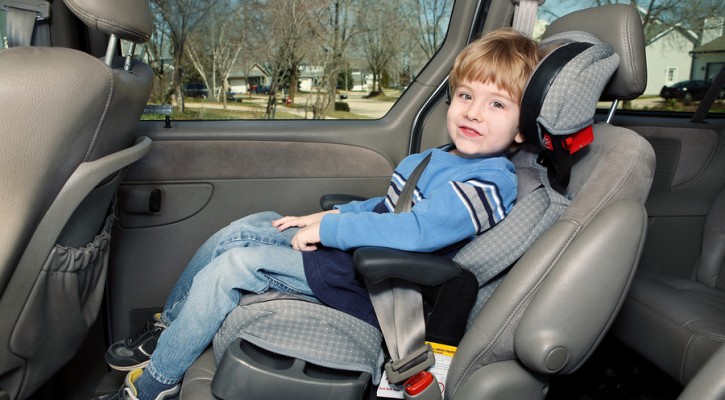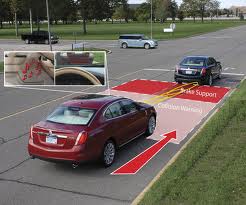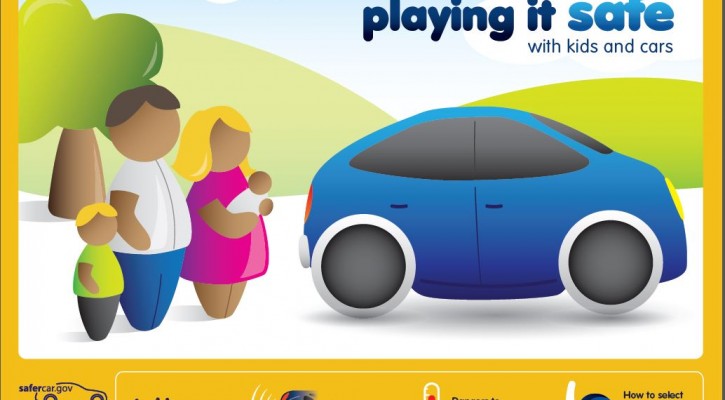
Florida Law Requiring Booster Seats For Children Under 5 Inadequate!
June 30, 2014
On June 24, 2014, Florida’s governor, Rick Scott signed HB 225 into law requiring that all children under the age of 5 are required to be placed in a federally approved car safety seat or booster seat. While the law is better than the old law that allowed children over the age of four to graduate to seat belts, it still doesn’t go far enough.
To look at why the legislation isn’t enough we have to look at how seat belts work to restrain a body in a crash. If properly worn, low over the hips, a seat belt works in a crash by pushing against the hip bones. The shoulder harness works by pushing against the breast bone and shoulder bone. If the lap belt is worn too high, over the abdomen instead of low on the hips, it can cut through the soft tissue of the abdomen in a violent crash. The problem with children is that their frames are too small and narrow for the lap belt to remain low over the hips and they often ride up over the abdomen, leading to injuries in a crash.
A seat belt is better than nothing at all because the alternative in a crash would be for the child’s body to fly forward and crash into the front seat or impact multiple points within the vehicle. In violent crashes, the child’s body can be thrown out of the vehicle and strike the road surface so seat belts are always preferable to no protection at all.
The Insurance Institute for Highway Safety (IIHS) has looked at crash data and recommends that children, once they have graduated out of a child protective seat, graduate to booster seats and remain in those booster seats until they are at least 4’9” tall. For the average child, that is anywhere from 9 to 11 years of age. The booster seat works by raising the body so that the seat belt rides low over the hips, providing maximum protection in a crash. Many states have adopted the IIHS recommendations and mandated booster seats for children until they are at least 4’9” or 9 years of age.
Regardless of what the Florida law may say, parents should maximize protection for their children and keep them in booster seats until they reach the 4’9” height. For more information on child protective seats and choosing the right seat for your child, visit the IIHS website at: http://www.iihs.org/iihs/topics/t/child-safety/topicoverview

Drug Related Crashes Involving Prescription Drugs On The Rise
June 27, 2014
In a study released by Public Health Reports last week, drivers who test positive for drugs are more likely than in the past to use prescription drugs and multiple drugs at the same time. Compared to figures from earlier studies, the number of multiple drug users responsible for fatal crashes has increased from 1 in 8 to 1 in 5. Read more: More Drivers ‘Under the Influence’ Testing Positive for Multiple Drugs

Seniors Willing To Discuss Giving Up The Keys
June 26, 2014
In a newly released study with surprising results, Liberty Mutual Insurance found that 84% of seniors are willing to discuss stopping or limiting their driving abilities. Only six percent of the respondents said they had ever had a conversation with anyone about their abilities to drive. As the large number of baby boomers age, the results of this study is good news for a growing group of adult children who are worried about having this conversation with their aging parents. Read more: Survey: Senior drivers not reluctant to discuss safety

Eight Lifesaving Automotive Technologies
June 25, 2014
If you’re in the market for a new, safer car, the folks at USAA Insurance company have come up with a list of eight automotive technologies that could save your life along with reducing your insurance rates. Read more: 8 Car Safety Features That Could Save Your Life

Car Safety Features For Children
June 20, 2014
If you are in the market for a new car or just wondering if your own car is safe for children, this handy web brochure put out by the National Highway Transportation Safety Administration explains all the different safety features available. There’s also a guide to children’s car seats, kid/car dangers, and a list of all the standard safety features by make and model of car. Click here to download the brochure: A parent’s guide to playing it safe with kids and cars
